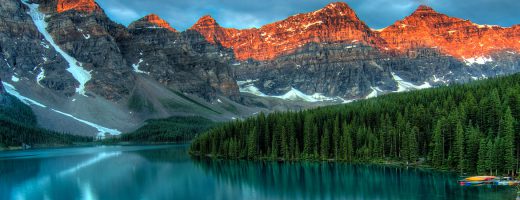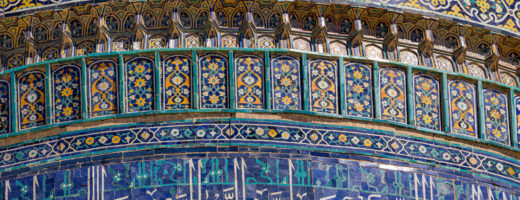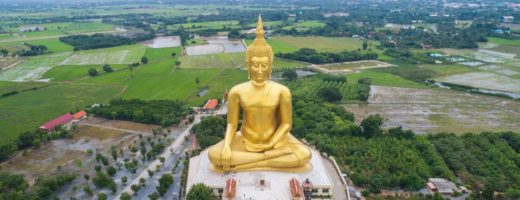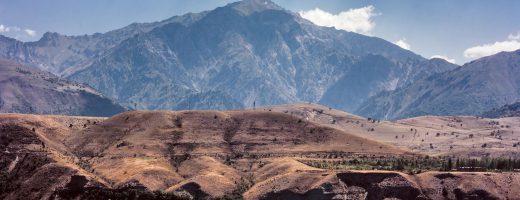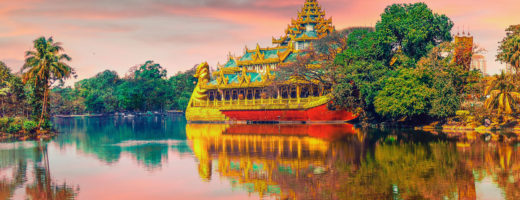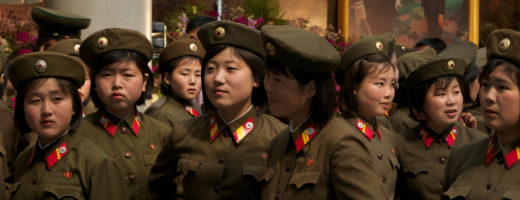Intro: Across the vast steppes of the once-great empire of Genghis Khan, a quiet and rural culture struggles to emerge from recent Communist oppression. In the capital of Ulan Bator, a U.N. consultant finds refreshing sexual attitudes in a warm gay relationship with a modern native Mongolian. Also, in 2009 the first LGBT NGO was
Uzbek Gay Life–An Interview With Maxim
A gay Uzbekistan man, Maxim Tumanev, talks about life in Uzbekistan (and America). In an unfamiliar foreign country it’s whom you know that make’s a big difference in finding the right places and the right people. In Uzbekistan, it makes all the difference. Despite internet searches and personal inquiries I could not find a single gay
Being Homosexual in Southern Muslim Thailand
Living a life of contradictions–Being homosexual in southern Thailand can cause further isolation in the already divided communities Bangkok Post May 8, 2014 By Takato Mitsunaga Making a major life-changing decision is always a struggle. One has to think about the potential consequences of a choice before deciding on a particular path. Khoirunnaklee Yusoh, 31,
Gay Uzbekistan Today
Intro: a three week journey around the ancient and modern cities of Uzbekistan provides a stimulating and highly visual history lesson of the famous Silk Road. It also reveals a blind spot of homophobic policies against LGBT citizens.
Uzbekistan: Moynak Town and Aral Sea Photo Gallery
Moynaq is a city in northern Karakalpakstan province in western Uzbekistan. Formerly an active fishing sea port, it is now home to only a few thousand residents since the 1980s due to the recession of the Aral Sea. Formerly one of the four largest lakes in the world with an area of 68,000 km2(26,300 sq mi), the Aral Sea has
Nukus City and Area Photo Gallery
Traveling by car from Khiva to the far west of the country to the town of Nukus and beyond to the Aral Sea is across dry flat desert terrain. Nukus is the sixth-largest city in Uzbekistan, and the capital of the autonomous Karakalpakstan Republic. The population of Nukus 2014 is approximately 230,000. The city is
Uzbekistan: Khiva Photo Gallery 2
Khiva is an impressive site on what was once the Great Silk Road from Asia to Europe. Khiva was infamous for its long and brutal history as a slave-trading post. The historical old town was restored by the Soviets in the 1970s. The clustered array of mosques, madrassas and tiled minarets give a sense of how
Uzbekistan: Khiva Photo Gallery 1
Khiva is an impressive site on what was once the Great Silk Road from Asia to Europe. Khiva was infamous for its long and brutal history as a slave-trading post. The historical old town was restored by the Soviets in the 1970s. The clustered array of mosques, madrassas and tiled minarets give a sense of how
Uzbekistan: Bukhara Photo Gallery 2
Central Asia’s holiest city, Bukhara has buildings spanning a thousand years of history, and a thoroughly lived-in old centre that probably hasn’t changed much in two centuries. It is one of the best places in Central Asia for a glimpse of pre-Russian Turkestan. It was as capital of the Samanid state in the 9th and 10th centuries
Uzbekistan: Bukhara Photo Gallery 1
Central Asia’s holiest city, Bukhara has buildings spanning a thousand years of history, and a thoroughly lived-in old centre that probably hasn’t changed much in two centuries. It is one of the best places in Central Asia for a glimpse of pre-Russian Turkestan. It was as capital of the Samanid state in the 9th and
Uzbekistan: Samarkand Photo Gallery 2
The ancient city of Samarkand is a crossroad of diverse world’s cultures. Founded in the 7th century B.C. as ancient Afrasiab, Samarkand reached a cultural and commercial peak in the Timurid period from the 14th to the 15th centuries. The significant existing monuments include the Registan Mosque and madrasas, Bibi-Khanum Mosque, the Shakhi-Zinda compound and
Uzbekistan: Samarkand Photo Gallery 1
Samarkand is the second-largest city in Uzbekistan and the capital of Samarkand Province. The city is most noted for its central position on the Silk Road between China and the West, and for being an Islamic center for scholarly study. (See other photo galleries: http://www.globalgayz.com/asia/uzbekistan/)
Uzbekistan: Fergana Valley, Rishtan Town Photo Gallery
Fergana Valley is full of ancient and modern history as part of the Silk Road and the scene of a government massacre of protestors in 2007. Today it is quiet and many merchants and craftspeople ply their trades. Two well-known artisans are the Rustam Usmanov pottery makers of unique blue glaze “ishkor” which comes from
Uzbekistan: Fergana Valley, Kokand City Photo Gallery
Kokand is a city in Fergana Province in eastern Uzbekistan with a population of about 200,000.It is on the crossroads of ancient trade routes and has existed since at least the 10th century. It was frequently mentioned in traveler’s accounts of the caravan routes between India and China.The present city began as a fort in 1732.
Uzbekistan: Fergana Valley & City + Andijan City Photo Gallery
Andijan is the Fergana Valley’s largest city and its spiritual mecca. It is probably the country’s purest Uzbek city, and the best place to observe Uzbeks in their element. Andijan is one of the oldest cities in the Fergana Valley. In some parts of the city archeologists have found items dating back to the 7th
Uzbekistan: Drive From Tashkent to Andijan City Photo Gallery
Uzbekistan: The eastward drive from the capital of Tashkent to the city of Andijan, near the Chinese border, passes along a rugged highway that is smooth in places and torn up in others. It is heavily trafficked with tanker trucks carrying oil and natural gas. There are police checks that slow down traffic and police
Uzbekistan: Tashkent Photo Gallery 2
Tashkent (meaning ‘Stone City’) is the capital of Uzbekistan with a population of about 2,309,300. Due to its position in Central Asia, Tashkent received Persian, Chinese and Turkic influences in its early history, before Islamisation in the 8th century AD. After destruction by Genghis Khan in 1219, the city was rebuilt and profited from the
Uzbekistan: Tashkent Photo Gallery 1
Tashkent is the capital of Uzbekistan with modern and ancient buildings and lifestyles. From donkey carts to Mercedes-Benz (a few) the city is a complex mix of ugly Soviet-style apartment blocks, sleek modern office buildings and historic Islamic-style mosques and museums. There is a wide range of fine hotels from plain two-star digs to five-star
Gay Tibet–An Impossible Dream
Looking for a LGBT community in Tibet is futile. Of the handful of modern reports about gay life in Tibet, since 1999, only one writer claims to have encountered more than one or two gay individuals, usually by chance. Jump ahead to my own visit in 2013 when I did not find any gay person
Gay in North Korea
Being gay in North Korea: finding insightful information about LGBT life in this closeted country is like trying to find water on Mars. This overview by a British writer suggests, among other things, that the only North Koreans who know about homosexuality are ones who escape into South Korea where gay life is more known.
Tibet Random Rural Photos
Tibet is a dramatic country with vast grassy plains and rugged high mountains. It is a Buddhist country with countless monasteries, temples, shrines and symbolic stupas. The lifestyle is rural with most Tibetans engaged in agriculture and animal raising. Mount Everest is called Chomolungma by Tibetans which means ‘Goddess mother of the Earth’. It’s easy
Tibet: Lhasa – Sera Monastery
Sera Monastery is one of the ‘great three’ Gelukpa university monasteries of Tibet. It is about 5 kms north of Lhasa in the hills. The monastery oversees 19 smaller hermitages (including Pobanka Monastery) and nunneries all located in the foot hills north of Lhasa. The Sera Monastery campus is a complex of structures with the
Tibet: Lhasa – Pabonka Monastery
Pabonka Monastery is a historical hermitage (founded in the 7th century) about 8 kilometers northwest of Lhasa on the slopes of Mount Parasol. It is well known today partly because it’s the site where ‘sky burials’ take place. Sky burials involve the dismemberment of deceased human corpses and leaving the remains open to the sky
Tibet: Lhasa – Jokhang Temple
Jokhang Temple is located on Barkhor Square in central Lhasa. For most Tibetans it is the most sacred and important temple in Tibet. It is in some regards pan-sectarian, but is controlled by the Gelug Buddhist school. The temple’s architectural style is a mixture of Indian vihara design, Chinese Tang Dynasty design, and Nepalese design.
Tibet: Lhasa – Summer Palace
The Summer Palace is the former summer home of HH Dalai Lama. It’s now a museum, as designated by the communist Chinese, but many native Buddhists still consider it a sacred place and offer prayers at the temples within. Foreign visitors cannot go in to any temples or museums or to other cities or sites

